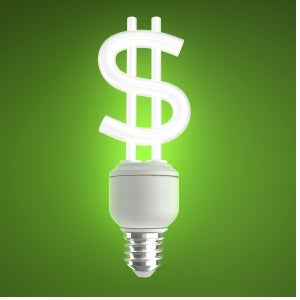 Business is booming right now for the American oil and gas industry, which has fueled economic growth in major oil and gas producing states, including Wyoming. But what will happen when the music stops? When the boom cools – as booms inevitably do – will states be left holding the bag?
Business is booming right now for the American oil and gas industry, which has fueled economic growth in major oil and gas producing states, including Wyoming. But what will happen when the music stops? When the boom cools – as booms inevitably do – will states be left holding the bag?
Too often, that has been the pattern. A problem acutely illustrated by the issue of “orphan wells.” When oil and gas companies walk away from wells that are no longer producing oil or gas at economic levels, states (meaning, taxpayers) are typically the ones left responsible for addressing risks from these wells. Until old oil and gas wells are properly plugged and surface sites remediated, they pose contamination risks to groundwater supplies, as well as safety risks to landowners and wildlife.
Plugging and remediating wells can be expensive business, and when the bottom falls out on commodity prices it has been too easy for operators to declare bankruptcy and walk away – sticking taxpayers with the tab for plugging and remediation. It is imperative that states ensure they have the financial resources to address orphan wells and the ability to hold producers financially accountable when problems occur. Read More














